You need brain surgery and your doctor says he can only do it while you’re awake. Sounds a little scary, right?
It is one of the extraordinary methods in operations related to the brain, the most complex and mysterious organ of our lives. awake brain surgery aka awake craniotomyis among the issues that attract attention in the medical world. So what is the purpose of waking up the patient at the most crucial point of the surgery?
Close to functionally important areas of the brain remove tumors This revolutionary procedure aimed at protecting the brain tissues that enable us to speak and move. Moreover, testing these functions during surgery is a bold step It is accepted as.
How exactly awake brain surgery happens, Why is it preferred? We investigated curious issues such as whether the patient feels pain during surgery. Let’s see if this brain surgery is as scary as we think.
Awake brain surgery has become one of the frequently applied methods with the development of technology.
In the past, patients undergoing brain surgery general anesthesia He was put to sleep with. Because the patient’s pain had to be controlled throughout the surgery. However, with the advancement of technology and new generation painkillers With its development, awake brain surgery became possible.
Awake brain surgery is first performed under local anesthesia. epilepsy surgery It took place for. In addition to the developments mentioned above, the spread of this technique to neuro-oncology, the development of patient monitoring equipment and intraoperative functional mapping With the improvement of technology, this method has become one of the methods frequently used by doctors.
In what cases is awake brain surgery recommended?
When you think of brain surgery, do not think of all its types. There are some special cases where awake brain surgery is preferred. In these situations, the brain It depends on where the tumor is. If tumor; If it is close to the parts of the brain that control arms, legs and speech, the surgeon finds this procedure necessary and recommends it to the patient.
The primary goal of awake brain surgery is, of course, remove tumor tissue and reduce the likelihood of growth. In addition, the main reason why the patient is awake is because the patient is performing surgery in areas close to healthy tissue. No loss of function.
So how do they do this brain surgery?
Brain surgeries consist of three stages. These stages; opening the scalp and skull uncover the brain, operating on the brain, covering the scalp and skull. These three stages are actually the determinants of the patient’s awake time. Patient before proceeding to the second stage First, it is awakened and the processes in the brain begin.
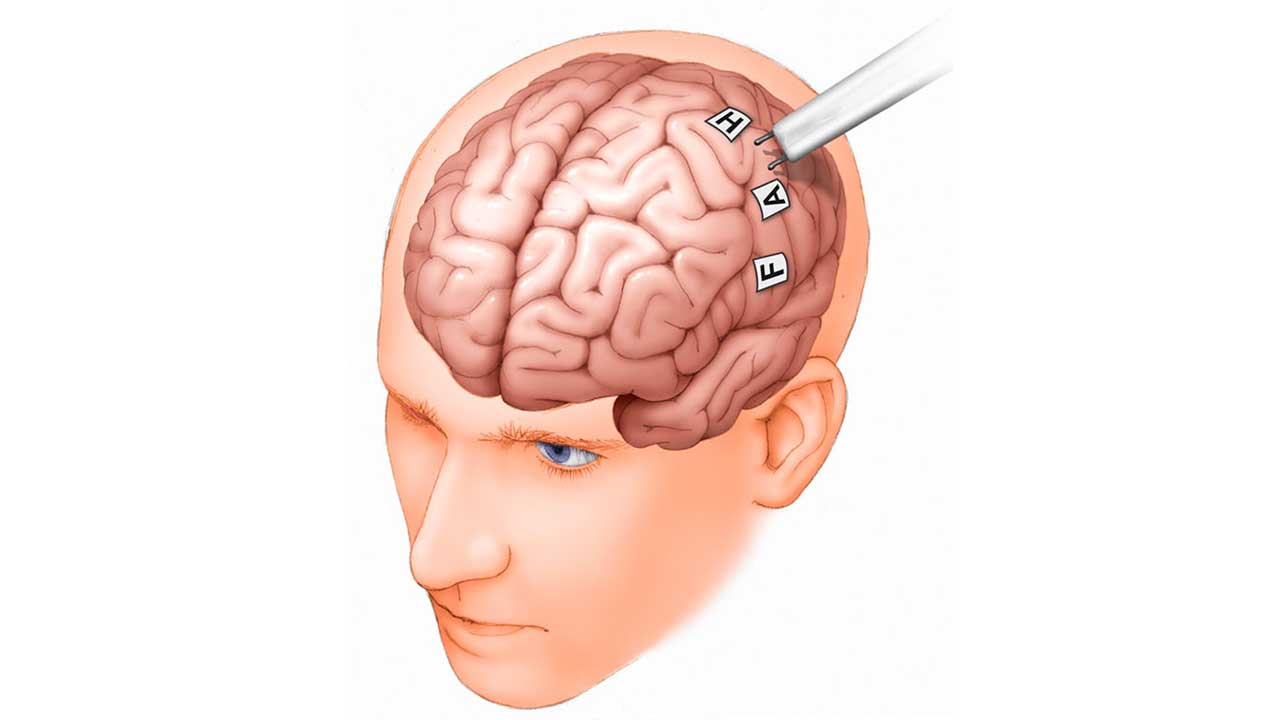
of the tumor; for its proximity to areas that provide vision, speech and movement control. brain mapping is being done. When removing the tumor, critical areas are avoided thanks to mapping. This method, used to map the nerves, is used during surgery. immediate feedback It is considered the only way to get it.
Before removing tumor tissue, vital parts of the brain are removed by a small is stimulated with an electrode. Meanwhile, the neuroanesthesiologist performs some tests to see whether stimulation affects functions. moving fingers, counting, suddenly naming an object or speaking the word is wanted. Failure to respond to these by the patient makes it clear that the stimulated area is connected to a critical area.
In some awake brain surgeries, the patient is not only asked to move his or her fingers or speak.
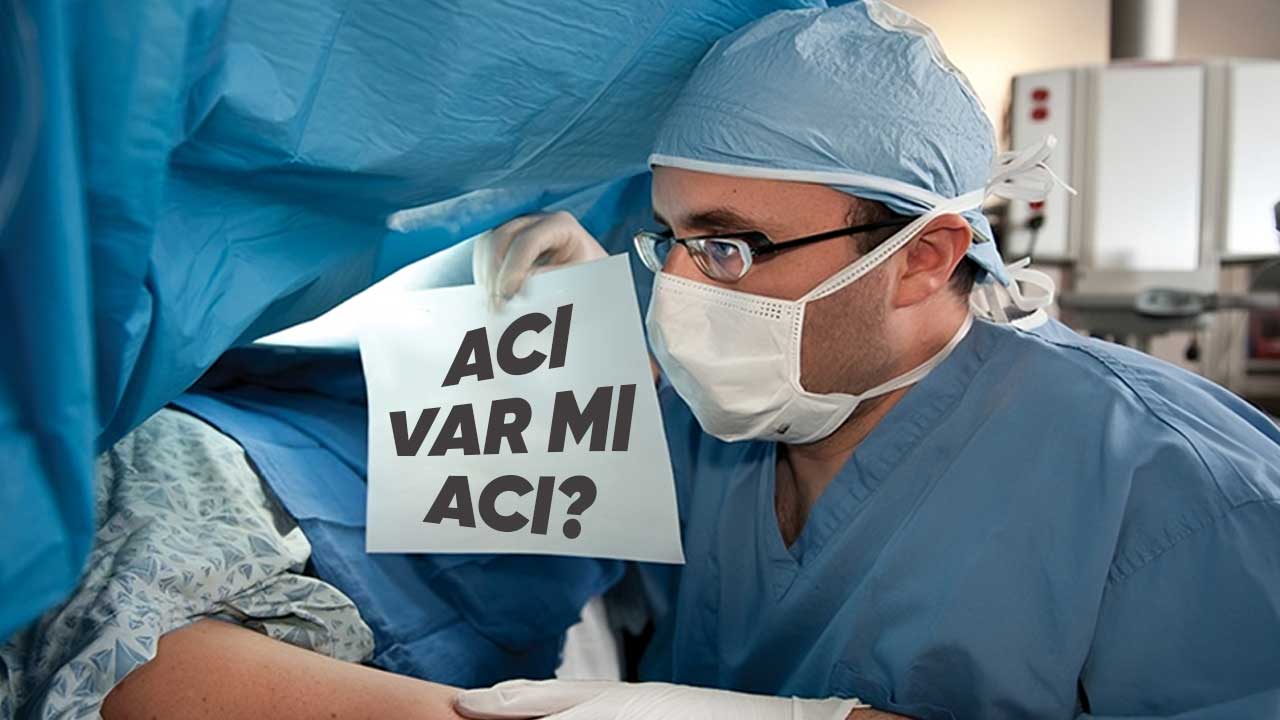
patients Includes the extraordinary situations he experienced during surgery Let’s continue the surgery.
When awake brain surgery is mentioned, the first thing that comes to our mind is the patient playing the violin during the surgery.
In addition to the violin, there are also patients who play saxophone and guitar.
RELATED NEWS
Young Music Teacher Playing Saxophone Immediately After Brain Surgery
RELATED NEWS
The Man Who Played Guitar During His Own Brain Surgery: Abhishek Prasad
Everyone’s passion is different. The image of the patient wrapping stuffed olives during brain surgery is from Italy.
After watching the videos, the question in your mind: “Isn’t the patient in pain?” The question may have been shaped a bit, but let’s give a scientific explanation.
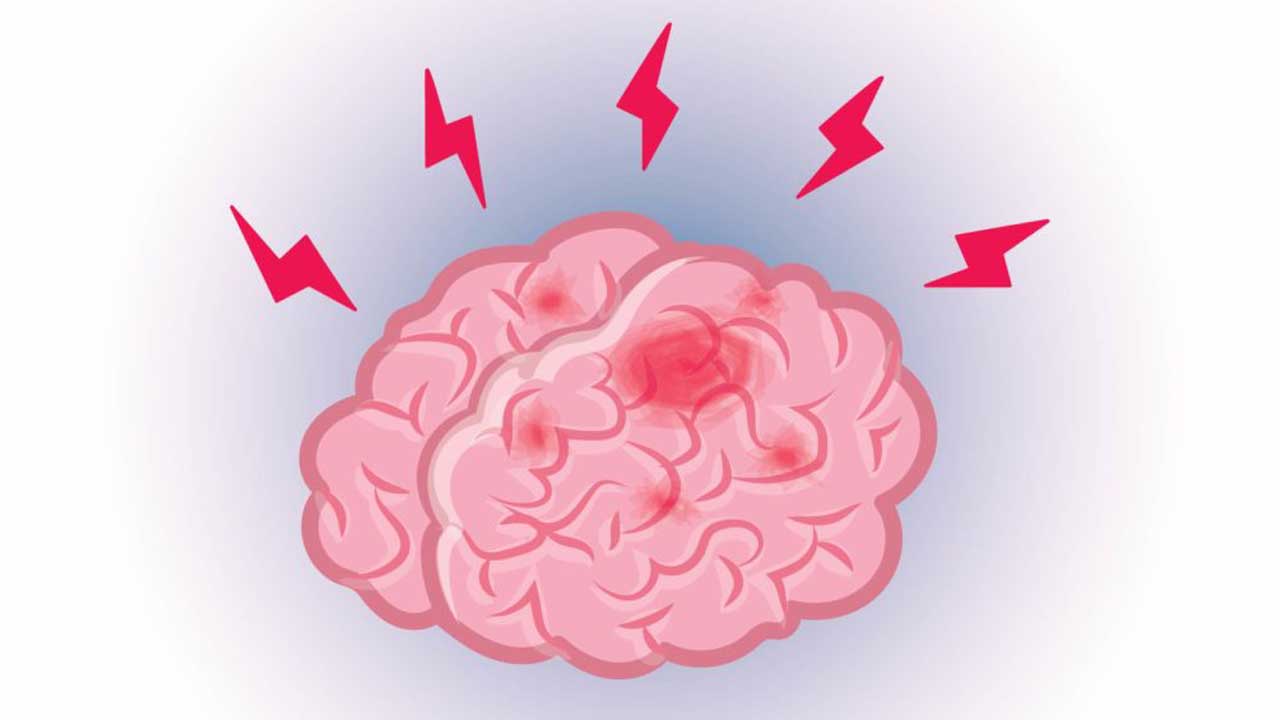
In awake brain surgeries, the patient does not feel pain. Because there is no damage to the brain tissue There are no pain receptors. Since the scalp is also completely anesthetized, only pressure or vibration can be felt.
So, are patients never disturbed by anything during the surgery?
Of course, it is impossible to say “never” to this question. First of all, an operation is performed and some procedures are performed on the patient’s brain. However, as we said, there is no feeling of pain. In addition, one of the most common complaints of patients is the need to receive general anesthesia. starving is coming. thirsty patients For this purpose, moist foams or ice cubes are given.
Although keeping the head fixed with the help of a clamp does not cause pain to the patient, it can be painful, especially during long-term surgeries. pain in forehead may cause. However, this situation is generally resolved with local anesthesia. In surgeries where patients need to be laid on their side, shoulder pain starting. If the pain becomes unbearable, it may be possible to put the patient to sleep again.
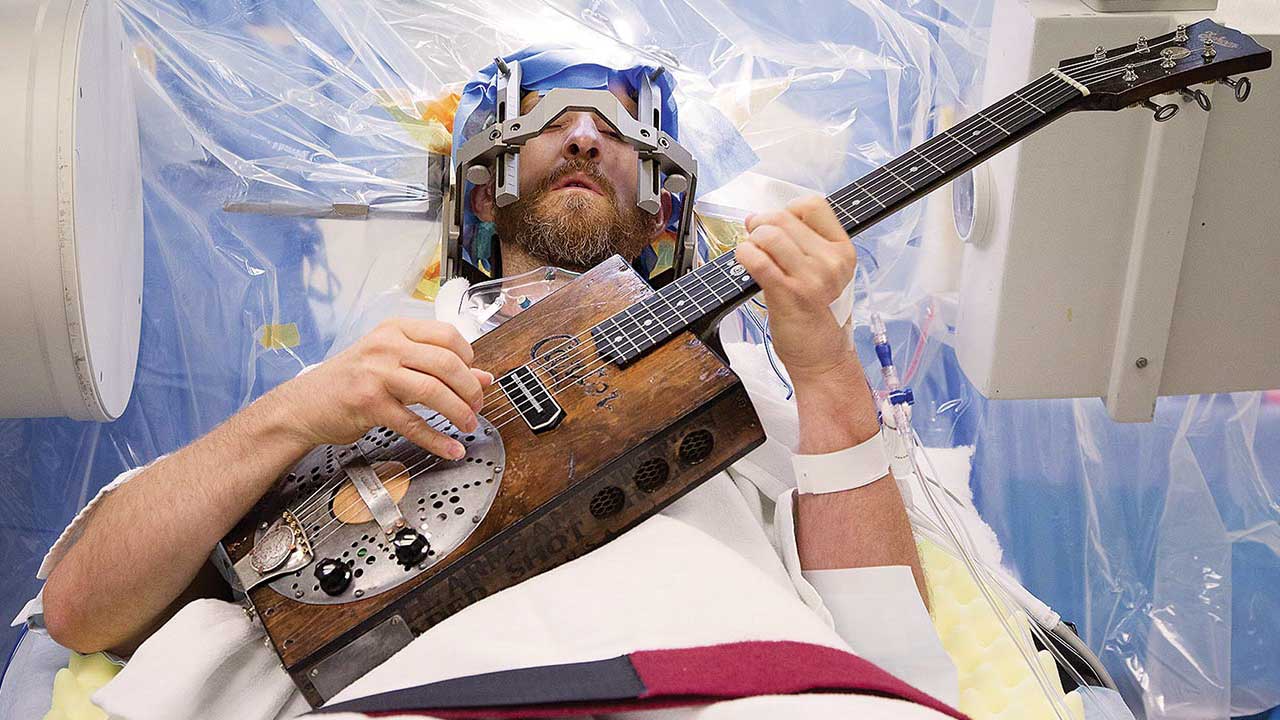
Nurses provide support to relieve conditions such as itching. In addition, the patient’s desire to move coughing or yawning If necessary, he is told to inform the doctor in advance. In this way, the surgeon takes the necessary precautions at that moment and eliminates the problems caused by movements.
At the end of all these processes, the patient is put to sleep again and the last phase of the surgery is started. The scalp is stitched. After the operation is completed, the patient will recover. being woken up.
Is there no risk?
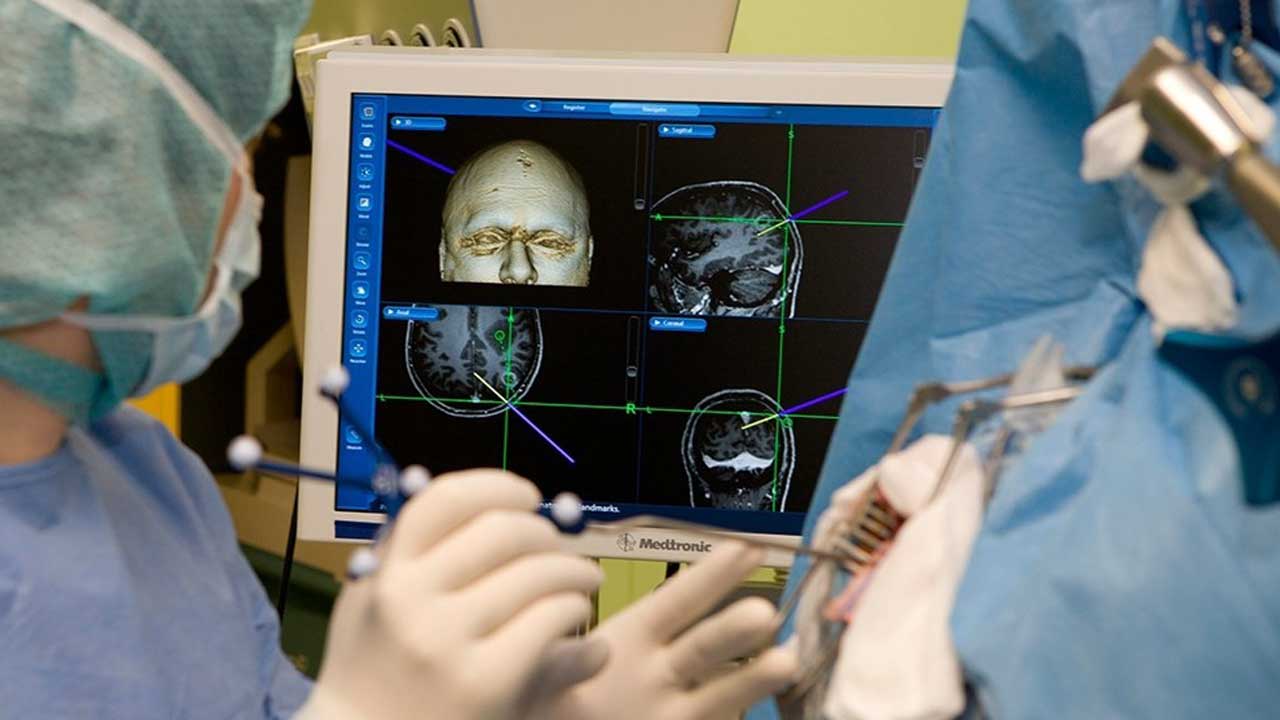
No matter what the operation is, every surgery has some risks. This also applies to awake brain surgery. vision impairment, seizures, difficulty learning and speaking, loss of memory, balance disorder, paralysis, too much fluid in the brain, swelling of the brain, meningitis, Spinal fluid leakage and weak muscles are among the risks of surgery.
It is carried out to protect important areas in the brain. awake brain surgery We examined it in full detail. We hope no one will have to have this surgery. If we have any patients who have undergone this operation, we welcome them to comment on their experiences.
RELATED NEWS
11 Surprising Little-Known Facts About the Human Brain
RELATED NEWS
5 Facts About the Brain That Will Change Your Mind
RELATED NEWS
How Was It Discovered That We Have a Brain? When, How and By Whom Was the Existence of the Human Brain First Realized?
RELATED NEWS
10 Things Your Brain Can Do That Will Make Your Mouth Drop When You Learn It
RELATED NEWS
How Much Energy Does Our Brain Consume While Working?
RELATED NEWS
